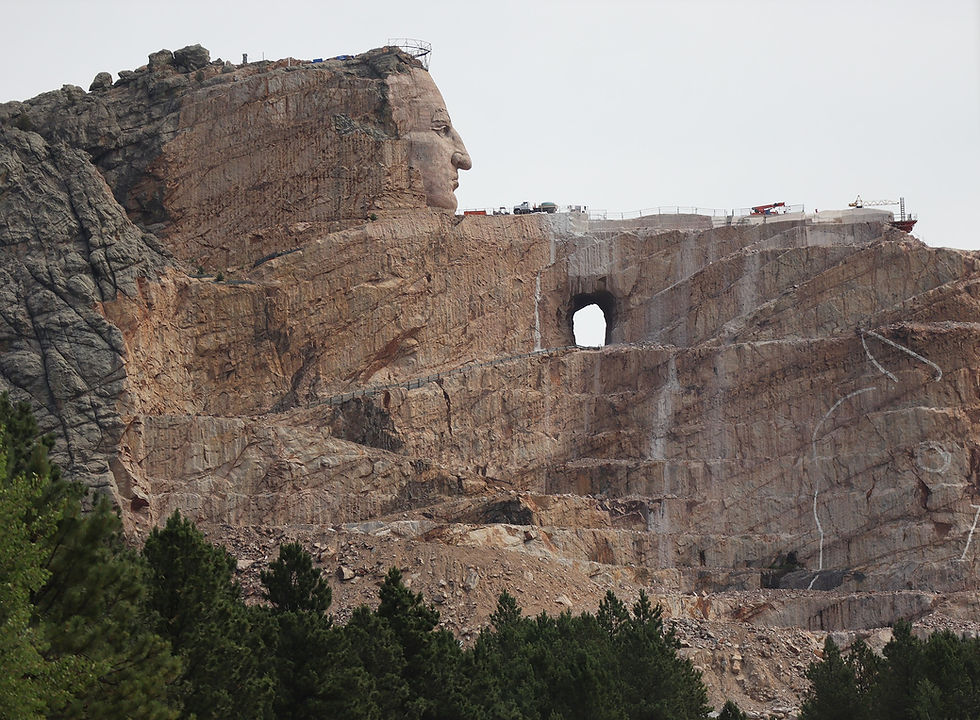Public Monuments Part II: Designing monuments
- Stuart Harden

- Oct 24, 2021
- 2 min read

This is the second out of two lesson plans. For the first, look here.
This lesson plan shifts our focus from critiquing existing memorials based on certain criteria to trying to answer the question: how might we successfully communicate the stories and experiences of enslaved people through public monuments?
In the previous lesson students critiqued the successes and shortcomings of various monuments to enslaved people using their group's "monument success criteria." Groups recorded their critiques through the online collaborative platform (Google Slides). The class then regrouped to discuss students' responses and rationale for determining whether a monument was successful or not. Before students begin the final learning task they should revisit their group's monument success criteria and revise them based on insights gained from the collaborative document and class discussion.
The final learning task can now be introduced using the following PowerPoint presentation:
The PowerPoint above contains a description of the final learning task as well as a collection of primary sources. This PowerPoint document should be shared with students. In this task student groups will use the stories they find in the primary sources to design a monument to enslaved people. A word of caution: there is strong derogatory language in source #4. Encourage students to engage with the source but be clear that they are not required to. As it is an audio source, ask students to listen with headphones.
Consider allowing students to decide the medium for their monument design--this is a good opportunity to welcome technology into the classroom to promote student expression. Students should record their research, planning, and monument creation through the following document so that the teacher can better assess students' understandings and intentions:
Finally, here is a rubric for summative assessment:
Students can now begin work constructing their monuments. I found it useful to pose these questions to the class to focus their inquiries:
How will you translate the event/theme of your source into a message that can be communicated through a monument?
Are you meeting the criteria for successful monuments that you laid out earlier?
Students will need the remainder of class and 1-2 additional class periods to work on their monument designs. So, this entire lesson is contained in two lesson plans for the teacher and 3-4 class periods (6-8 hours of class in total). Students may then present their monuments to the class.
By the end of the final learning task, students will:
Understand the logistics and mercantile economics of the transatlantic slave trade,
Be exposed to the experiences and testimonies of enslaved people,
Understand how slavery benefited European imperial powers,
Have produced concrete criteria for what makes a successful monument,
Be able to critique the efficacy and value of various public monuments,
Use primary sources to design a monument which communicates a key feature or experience of slavery.

Commentaires